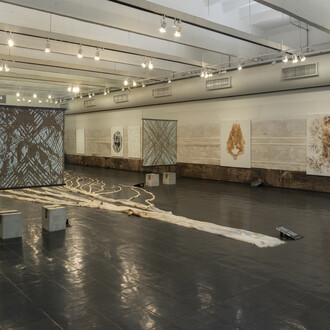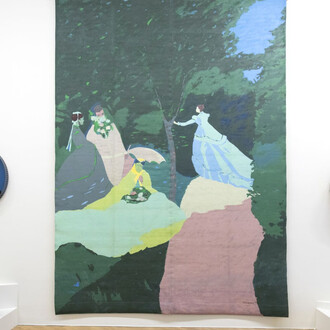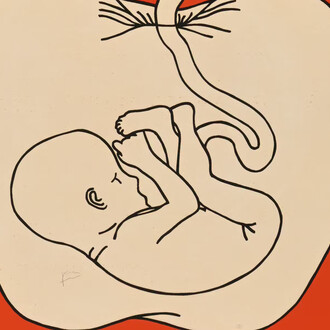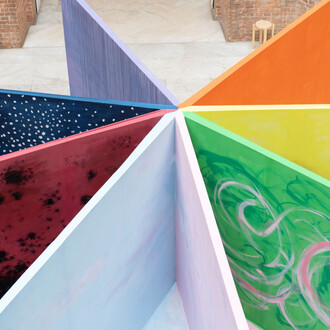MASP – Museu de Arte de São Paulo Assis Chateaubriand presents Hulda Guzmán: Miracle fruits, the first solo museum exhibition of Dominican artist Hulda Guzmán (Santo Domingo, Dominican Republic, 1984).
In her paintings, the artist subverts the tradition of landscape painting by denying its exotic and idyllic representation, choosing instead to treat nature as a protagonist territory in which all elements are in interdependent relationships. Relationships of affection and the surroundings of the place where she lives are recurring themes in her paintings, in which tropical and fantastic settings are inhabited by a variety of characters––real or imaginary. Her works retain a biographical character, imbued with humor and a dreamlike or theatrical appeal.
In Guzmán’s work, scenes in which humanity, architecture, and nature coexist in balance and harmony celebrate the environment while inviting us to reflect on pressing issues such as the climate crisis and human responsibility for the preservation of the planet. “This exhibition addresses the interconnectedness of the natural world with collective life and a sense of community. Our disconnection from nature is the primary cause of climate and ecological collapse,” says the artist.
Curated by Amanda Carneiro, curator, MASP, the show takes as its starting point the canvas Come Dance – Asked Nature Kindly, which was incorporated into the MASP collection in 2020, in the context of the curatorial cycle dedicated to Histories of dance. The painting depicts a great party set amidst a dense and vibrant tropical forest, in which human figures interact in various ways: the artist is hugging a tree, a child is resting next to a dog, people are dancing, bathing and kissing. The title of the work reinforces reciprocity, as dance is not just about the joy of movement, it is also a choreography of interdependence, a gesture that shows that life on Earth cannot thrive in isolation or domination. In addition to this work, the exhibition also features 17 other paintings, 8 of which are new works made especially for the occasion.
Apart from tropical landscapes, the artist also produces self-portraits, establishing a direct relationship with her surroundings. Although an autobiographical character is very present in her work, her canvases also incorporate a wide repertoire of references from the history of art, such as modernist architecture and furniture, surrealism, the minimalism of ancient Chinese painting and Mexican ex-votos.
“Guzmán’s work is often a combination of direct observation and collage of people and characters, composing scenes that move between the intimate and the unexpected. In her paintings, family members, friends, and animals share space with figures she gathers from various sources, such as paintings by different authors, photos, or videos found on social media,” says Amanda Carneiro.
Rich in detail, texture and color, Guzmán’s paintings invite the viewer to look closely, revealing multiple visual and narrative layers. Landscapes, the monumental protagonists of her work, host scenes of interactions between different characters, linked to pleasures, sociability and joy, highlighting the inseparability between human life and nature. In this way, the natural environment becomes both the scene and the setting, broadening the possibilities for reading this genre of painting in contemporary times.
Hulda Guzmán: Miracle fruits is part of MASP’s year-long program dedicated to Histories of Ecology. This year’s program also includes exhibitions by Abel Rodríguez, Clarissa Tossin, Claude Monet, Emilija Škarnulytė, Frans Krajcberg, Inuk Silis Høegh, Janaina Wagner, Maya Watanabe, Minerva Cuevas, Mulheres Atingidas por Barragens, Tania Ximena, Vídeo nas Aldeias and the large group exhibition Histories of Ecology.
















